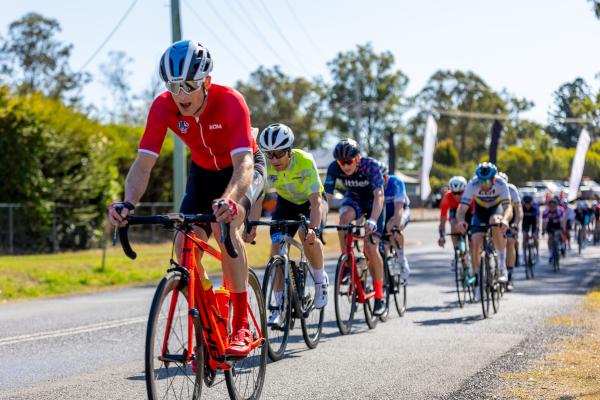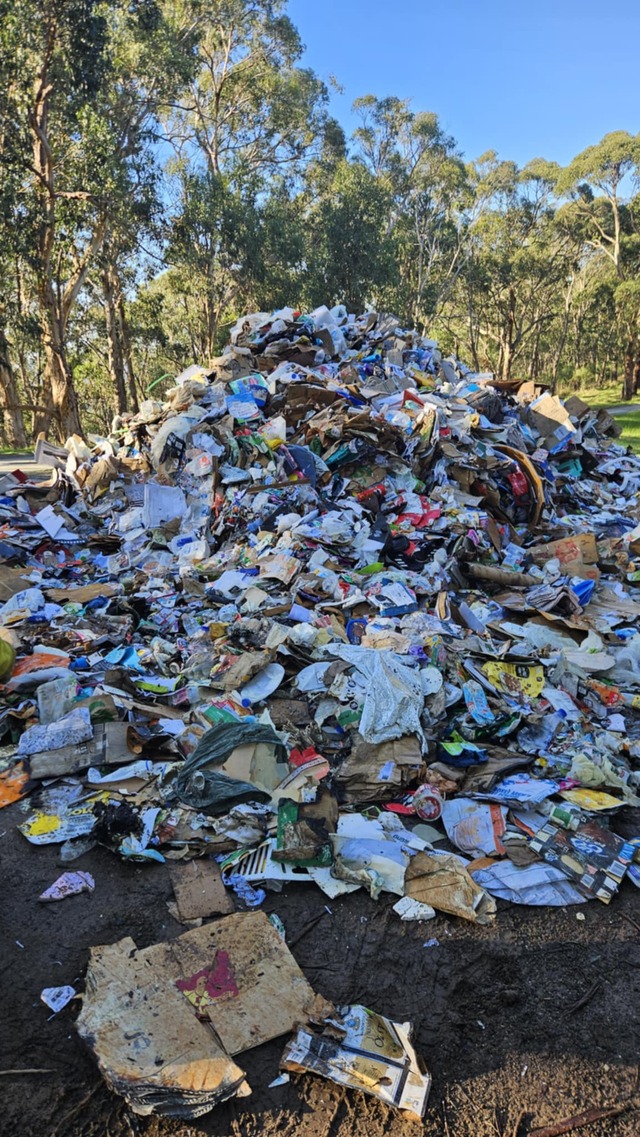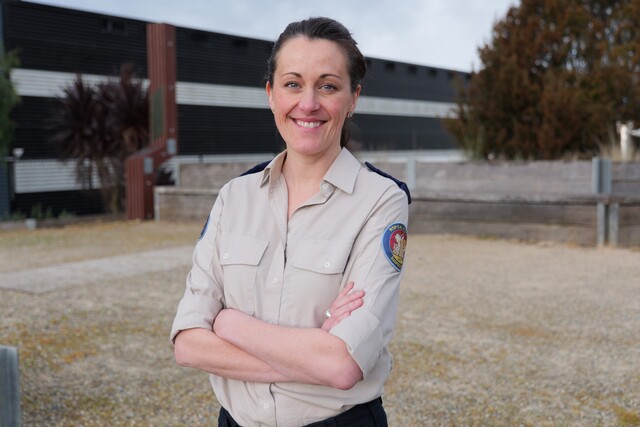In an Australian first, a report spearheaded by We Ride Australia has found that cycling’s direct industry output as part of the Australian economy was $6.3 billion in 2020, which includes $3.4 billion direct value added to Australia’s GDP.
The WeRide Australian Cycling Economy Report by Ernst & Young (EY) has been launched by the Treasurer, the Hon. Josh Frydenberg MP from Parliament House in a virtual broadcast with Parliamentary cycling champions, Dave Sharma MP, Dr Hon. Andrew Leigh and Dr Helen Haines and supported by the international Cycling Executives community and a significant national audience.
It revealed the economic activity directly generated by bike riders, organisations, local and state government provision of infrastructure to events, research, and sport and recreational cycling.
Stephen Hodge, Director – National Advocacy for We Ride, said the report reconfirms cycling as an industry with a significant economic footprint and booming participation in Australia.
“As a large and diverse sector, bike riding touches almost every family in every community.”
David Larocca, EY Oceania CEO, said, “In a time when we are focusing on our economic recovery post-Covid, it has been great to see the work of our team again provide new data as part of the report on cycling’s economic contribution. As a bike rider myself, I am particularly interested to see that cycling directly supports the employment of 34,295 jobs across Australia.”
“Giving context to the impact of the sector, the $3.4 billion of direct value add to our GDP is more than three times the Australian motor sport industry ($1.0 billion 2019) and level with the Australian thoroughbred racing industry,” Mr Hodge said.
“We’re very pleased that the report by EY substantiates the significant value of investment in infrastructure and programs that allow more Australians to ride.
“With 4.62 million Australians riding a bike in a typical week and 10.19 million riding in the last year[1], the numbers of Australians choosing to ride a bicycle is a massive opportunity we can build on.
“It was particularly pleasing to observe that the data highlighted that 28 per cent of bicycles were purchased for children, let’s invest to allow them to develop healthy, active habits for their future health and well-being!
Highlighting the value of cycling across the nation, cycle tourism and services contributed $1.168 billion to the overall figure. Cycle tourism is a rapidly growing market, especially in Australia’s regions.
“The full economic value of the sector is even greater when we include the economic benefits of improved health, environmental benefits or the positive impact on traffic congestion from more people riding.
“With an increasing burden of chronic disease related to physical inactivity and transport congestion costing the country billions of dollars annually, it is now clear that a $6.3 billion bicycle sector has the capacity to address these issues of concern nationally while also assisting the transition to a lower emission transport fleet.
“We Ride Australia is confident that this milestone report will be a catalyst for greater engagement and investment to grow cycling numbers nationally. There is no turning back.”
Other key findings:
Governments spent more than $428 million on cycling-related infrastructure and programs.
A total of $16.8 billion in direct and indirect economic contribution was identified, supporting 62,330 direct and indirect jobs nationally.
5.8 million (29 per cent) of Australian adults spent money on cycling related goods and services.
3.3 million Australians spent money on cycling and cycled at least once a week.
For all people who spent money on cycling, they spent an average of $990 each.
The majority of buyers had household incomes ranging from $50,000 – $150,000 per annum.
28 per cent of bicycles purchased were children’s bikes.
1.7 million bikes purchased in 2020, worth approximately $1.5 billion.
$1.168 billion contribution from cycle tourism to the direct economic output.
While exercise and fitness were the most common reasons to ride a bike (82 per cent), 41 per cent of those surveyed cycled as a mode of transport – whether it was for work, school or to the shops.







